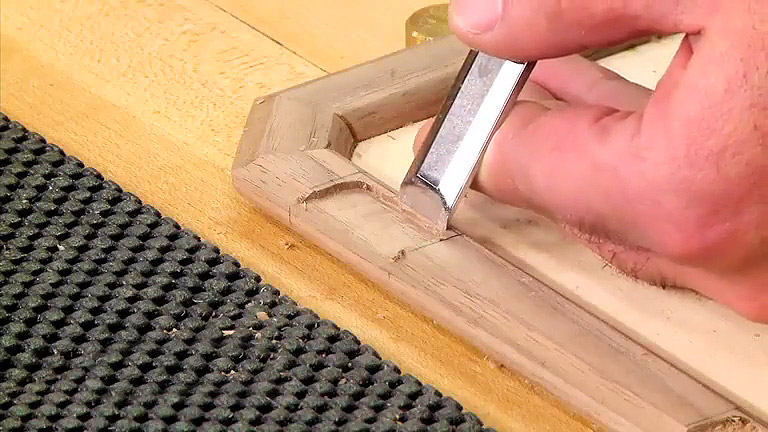There’s no question that plain, old yellow glue is number one in my shop. But there are times when it just won’t work. In these cases, one of the other adhesives that I like to use is contact cement. One of the main reasons is contact cement makes large glueups less hectic. That’s because it has a long working time and you don’t need to mess around with clamps. Since it’s so different from yellow glue, using contact cement may seem intimidating. Although the process is different, it isn’t complicated. And once you get the hang of it, you’ll be reaching for contact cement more often, too.

There are a few things I want to point out right off the bat. If you’re working with solvent-based cement, be sure to work in a well-ventilated area, wear gloves, and use the appropriate respirator to protect yourself from the strong fumes. Contact cement will only bond to another layer of cement. So the first thing to do is apply cement to each piece you’ll be bonding. Contact cement can get tacky fast, so you want to work quickly to get it spread evenly. The first coat dries to the touch in about 15-20 minutes. I find this coat usually soaks into the surface leaving only a thin, patchy film. So it’s a good idea to apply a second coat. The same process is used to apply the second coat. You’ll notice this coat will go on a lot easier and won’t require as much cement.

If there’s any part of using contact cement that’s a challenge, it’s the assembly. The reason is the cement sticks instantly and solidly as soon as it touches another cemented piece. So to get the pieces aligned, I use spacers, like the hardboard strips you see in the photo. When everything is lined up, pull out the spacers one at a time, working from the center out. As you remove them, press the pieces together firmly.

The last stage of the process is setting the contact cement to ensure a good bond. You can do this with a hard rubber roller. I used to think this step was only for rolling out air bubbles and lumps. But there’s a more important purpose: Contact cement develops full strength after pressure has been applied to the joint. And be sure to give the edges extra attention. This helps seal the edges to avoid the possibility of the pieces delaminating later on. The resulting joint is tough and resistant to both heat and water. Plus, you can keep working on the assembly without waiting for it to cure. That’s reason enough to give contact cement a try.











